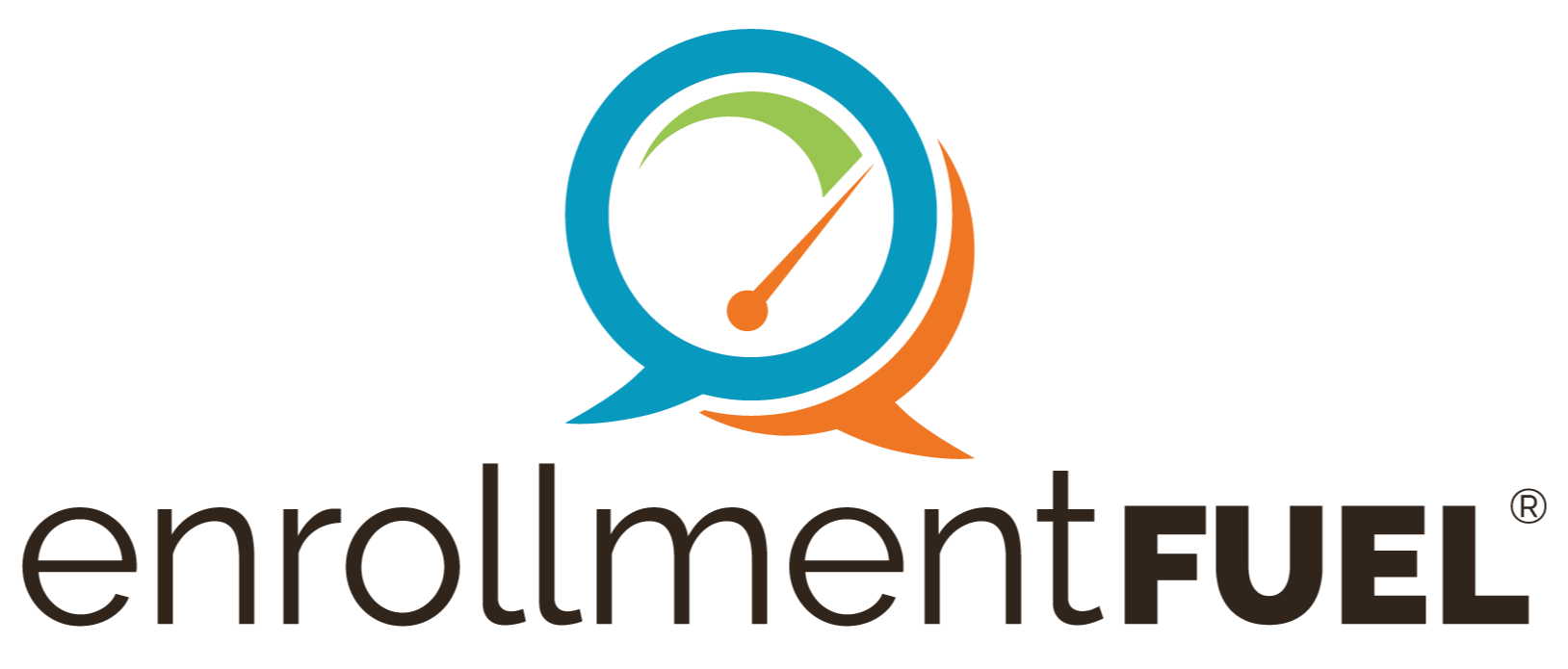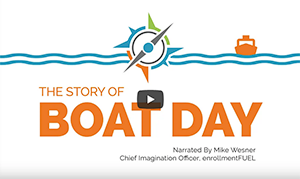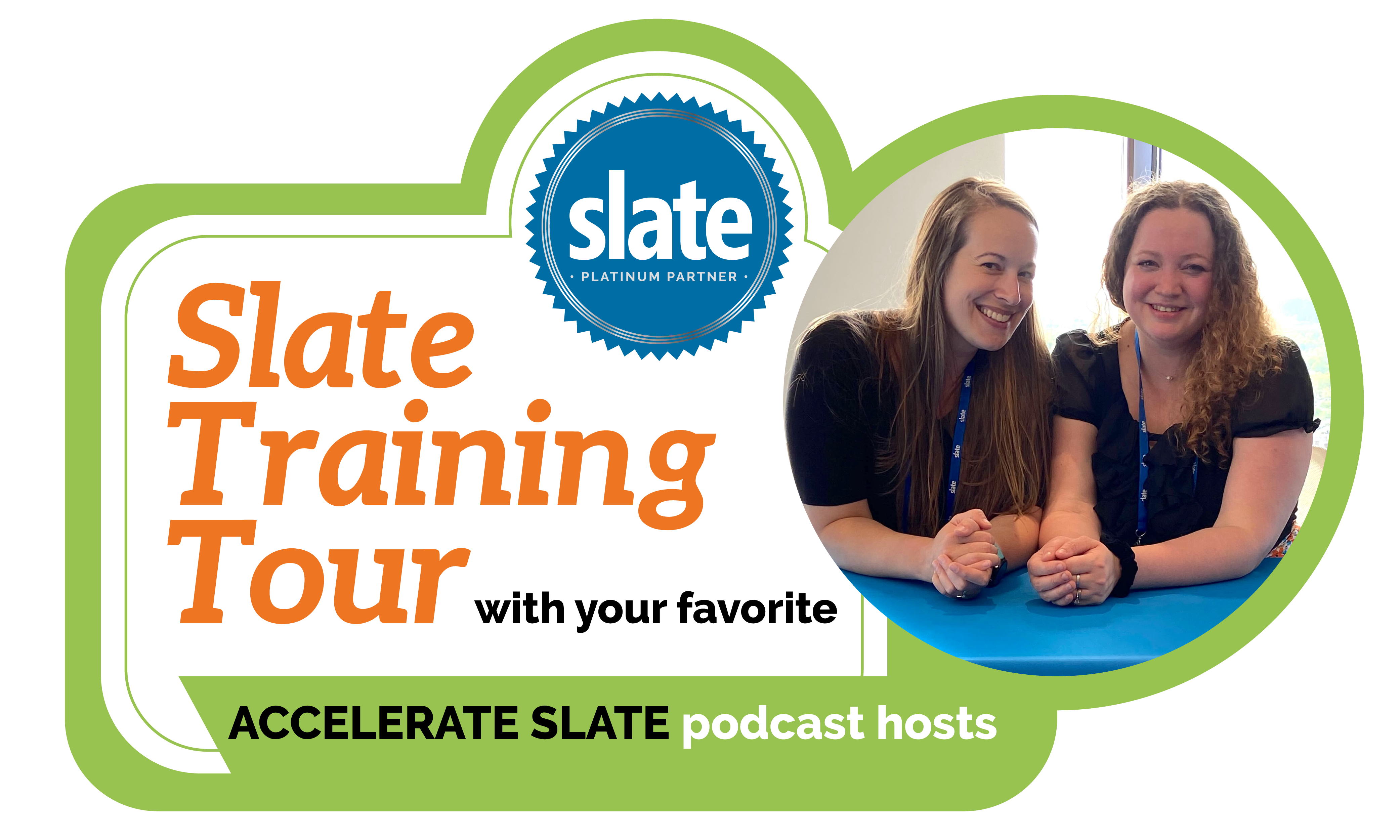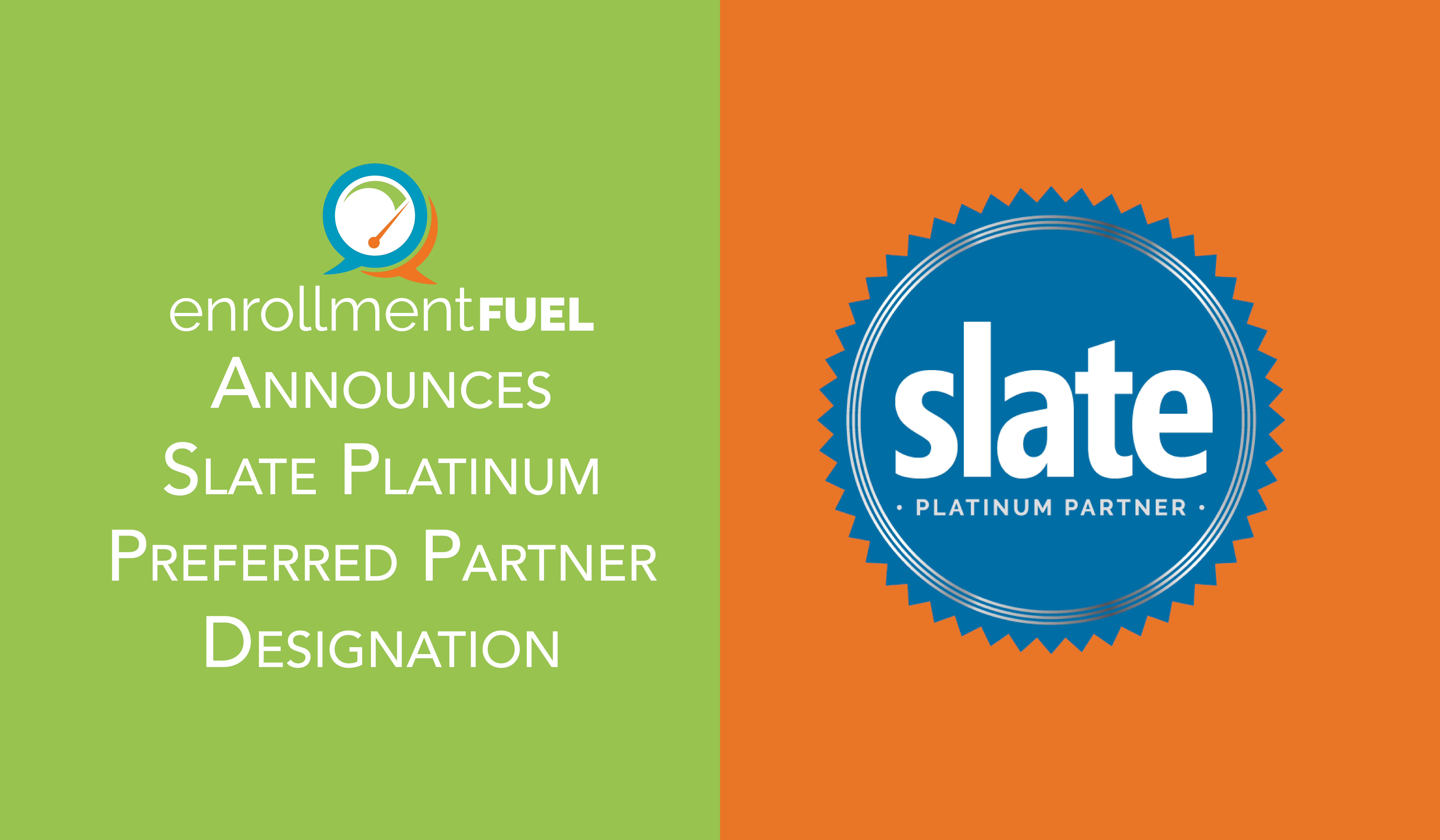8 min read
Finding the Names You Need for Your Adult and Graduate Programs
By: Milena Velez
Anyone working in the realm of Adult and Graduate recruitment knows that their biggest challenge is finding a good source of prospective students to fill the top of their recruitment funnel. Yet, unlike working with undergraduate traditional students, whose names are available for licensing in a number of ways, the students looking for continued education are harder to get in touch with.
FINDING THE RIGHT NAMES FOR YOUR ADULT & GRADUATE SEARCH
On December 5th, enrollmentFUEL held our fifth roundtable event, this time focused specifically on Adult and Graduate recruitment. The attendees delivered substantial discussion on a variety of topics—104 total attendees from 60+ institutions spent some time in two smaller group sessions to tackle the three most burning topics in the adult/grad space:
- establishing your brand in the space;
- building an appropriate communication flow for the audience;
- and, of course, finding the elusive prospect names.
Of the three topics, without a doubt, the discussion on where to find prospect names for adult and graduate top-of-the-funnel campaigns was the most intriguing.
A survey launched at the beginning of the roundtable showed that 62% of partners attending admitted that finding adult and grad prospect names was their number one concern, while another +30% confessed that they were not sure where their current prospect names originated.
Continuing on our teaching and learning mission, here are some ideas and tips shared by our partners.
For transfer/adult/online undergraduate prospects:
-
Two-Year Institution Partnerships
The tried-and-true community college visit has been in decline but remains a staple in most transfer, adult, and online recruitment plans. Many roundtable participants shared that visits to two-year campuses have not been nearly as productive as they were pre-pandemic, but there is still something to be said for sticking to the basics. Community and technical colleges continue to be locations many adult students gravitate toward because they feel (and in many cases are) more accessible to them than a four-year campus. On any given day, a transfer counselor visiting a two-year campus could meet with a 45-year-old single parent of two who is just going back to school to complete their degree—right after they have met with a 16-year-old taking college classes for high school credit in order to graduate sooner. Developing a good relationship with your closest two-year institutions could lead to an incredibly beneficial partnership for both sides. It is definitely worth exploring the creation of articulation agreements and student pathways that align academic programs between your two institutions, but why stop there? Consider proposing a direct-admit partnership that incorporates a reverse transfer agreement, and your two-year partners will actively help you in the recruitment process.
-
PTK/College Fish
The Phi Theta Kappa International Honors Society (PTK) has become an excellent source for identifying transfer-ready students who have completed or are working toward their associate’s degrees at a two-year institution. Whether they are interested in your traditional on-campus programs or online degree-completion programs, students affiliated with PTK are usually college-bound and seek to complete their four-year degree. During the roundtable discussion, many participants shared that they do use the PTK name source option, College Fish, to license the names of prospective transfer students in their region or beyond. Additionally, if you do not currently have a PTK-specific academic scholarship, we would highly recommend that you consider adding that to your offerings. Transfer students are generally more financial aid savvy (affordability is a top concern with this audience) and tend to see less award aid coming their way, so these highly motivated students will find value in your commitment to financial accessibility.
For graduate/post-graduate prospects:
-
Name Licensing
Where PTK and two-year institutions fill the need for name licensing with the transfer/degree-completion population, there are a few sources that can do the same for the graduate recruitment funnel. The big ones that participants discussed in the roundtable were, of course, the usual suspects: GRE Search and GMAC/GMAT, as the two most popular sources for graduate prospect names. That said, the jury is still out on their effectiveness. Some frequently cited concerns include the fact that many graduate and post-graduate programs do not require standardized test scores, and most of the students taking these exams already have a chosen program or institution in mind.
Less used, but frequently offering a higher return on investment, are names licensed through professional organizations specific to the program itself. For instance, any state education association is bound to have an annual conference well-attended by teachers and school administrators alike. If the state association allows access to the full membership list with educational level data, then this list could be exceedingly useful in marketing for a master of education or any Ed.D. programs. This approach requires more research and working hand-in-hand with on-campus departments to identify the best organizations for each program, but it could reap long-term benefits and result in increased brand awareness for your college or university, especially if your office frequents the annual conferences.
-
Your Own Student Body
The majority of participants discussed their experience in recruiting among their own undergraduate student body for any graduate programs. Convincing students to stick around after completing their bachelor’s degree to pursue another one should be a process that begins long before they need to turn in that application form to the office of admissions. Create annual or semi-annual events on your campus where current students are exposed to information about all the opportunities available to them. Faculty can work together to promote graduate education to their advisees, and they can refer them to the appropriate academic or admissions counselor to discuss how their future can be expanded by the opportunity to pursue additional education or certification.
When approaching your current students, however, our partners advised to be very specific and targeted. One idea that came up during the roundtable was identifying a student organization, Greek or otherwise, whose interest and mission match a graduate program you offer and talking to them specifically about that. For instance, a business sorority on campus (or on a nearby peer’s campus) would be a great place to recruit for your MBA program.
For Any Population:
Forensic Lead Generation™ is something that still feels new to the industry but in fact, has been around for years. Yet, many institutions miss out on converting organic traffic to their website into actionable leads. Over a decade ago, enrollment managers saw the rise of “stealth” applicants. We began to realize that students and their families can search through our websites without raising their hands to tell us they are interested, sometimes for weeks or months, and then still submit their application to take things to the next step. In the adult/grad space, however, things are happening much faster. If you don’t catch your website “lurkers” within days after they have clicked around looking at your programs, you have most likely lost them for good. This is where Forensic Lead Generation comes into play.
Not a list-based approach, Forensic Lead Generation allows colleges to be in control of the communication while talking to students who have, in a sense, already expressed some interest. The technology allows us to track movement on your website at a household level, then report the activity to you on a daily basis, and even follow up with a quick digital or email campaign to invite whoever was snooping around to come into the light and officially declare their interest. We can track their IP address and the pages they clicked on, then serve them ads specific to their interest (e.g. your MBA program), and even send them a nice postcard to make them feel seen and heard. No cold calling, emailing, or texting, just sending the information they were looking for but were too shy (or sneaky) to come out and ask for themselves.
Getting names from visitors to your own website sounds weird, but it’s true and can happen.
Additionally, Google Pay-Per-Click (PPC) and LinkedIn profile ads that lead to landing pages can provide daily leads that your team can follow up with. This is a bit like expanding your storefront to the entire internet and optimizing it for the students who are interested in specific programs.
Don’t forget about the importance of Speed to Lead. Having a quick follow-up with any leads—direct emails built-in to send out to everyone who submits a form within hours—is crucial to getting their attention now and holding it.
About the Author
Milena Velez
Milena Velez is a seasoned pro who brings over thirteen years of experience in the enrollment management field. Starting as an international student herself, she kicked off her journey as the Coordinator of International Recruitment at Knox College. Her path then led her through the Midwest and South, holding roles like Senior Admissions Counselor at Lake Erie College, Assistant Director of Graduate and Transfer Admission at the University of Findlay, and Director of Admission at Newberry College. Milena's passion goes beyond her work; it's about equal access to quality education for all. She believes in collaborative efforts, especially when it comes to shaping the future generation of admission counselors. You can reach Milena anytime at Milena.Velez@enrollmentFUEL.com.
Related Articles
Tips for Higher Ed Online Optimization | enrollmentFUEL | Blog Article
The COVID-19 pandemic drastically reshaped the landscape of higher education. With the rapid...
Using AI in Higher Ed Content Creation | enrollmentFUEL
Mention the term Artificial Intelligence, commonly referred to as AI, to anyone today, and their...
Using AI and ChatGPT in Higher Education | enrollmentFUEL
If it seems like news about ChatGPT and other AI tools is everywhere, you’re right—not to mention...




